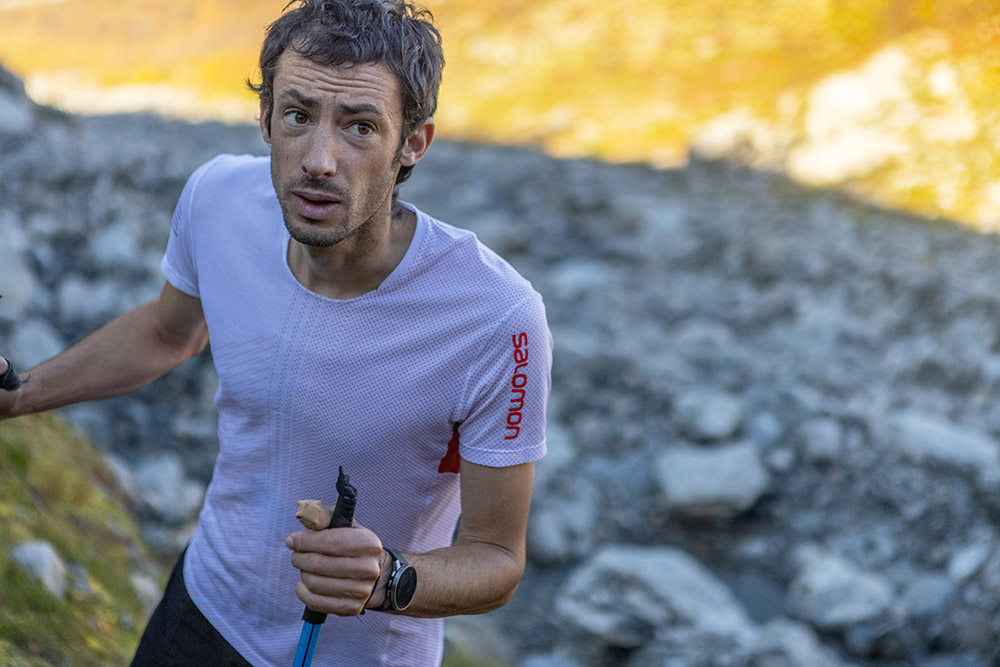In the realm of trail running, we encounter a diverse spectrum that ranges from awe-inspiring achievements to the burgeoning community of enthusiasts venturing into the world of off-road running. At one extreme, we find the extraordinary Spanish athlete Kilian Jornet, who, in October, embarked on a breathtaking challenge: ascending to the summits of every peak higher than 3,000 meters in the Pyrenees. His remarkable feat saw him conquer all 177 peaks within a mere eight days, using a bicycle to traverse the distances between these majestic mountains.

On the flip side of this spectrum, we witness a notable surge in the number of runners exploring the allure of trail running at a more leisurely pace. Over the past decade, as per a report jointly compiled by RunRepeat and World Athletics, organized trail running events have experienced a significant threefold increase in participation. Notably, Canada stands as one of the few countries where women have surpassed men in embracing these challenging trails.
While the shared passion for running unites these athletes, trail running unveils a distinctive set of challenges. Recent studies have illuminated the fundamental elements essential for thriving in this unique environment.
Building Resilience
Researchers from the University of Lyon in France conducted a series of laboratory experiments aimed at distinguishing elite trail runners from their recreational counterparts. Their findings, published in the Journal of Strength and Conditioning Research, unveiled that elite runners display heightened efficiency on both flat and hilly terrains. They expend less energy to sustain a given pace, a trait attributed to their superior leg strength.
Intriguingly, a parallel pattern emerged in a prior study comparing elite trail and road runners. Even when competing at similar levels, trail runners demonstrated superior leg strength and more efficient performance on hilly terrain. The key takeaway here is that leg-strengthening exercises, such as squats and lunges, may prove particularly advantageous for trail runners, equipping them to navigate diverse terrains and inclines with greater ease.
Mastering the Art of Pacing
One of the world’s most renowned trail running events, the Ultra-Trail de Mont-Blanc, encompasses races spanning from 40 to 171 kilometers. A study conducted by a team from the Universidad de Léon in Spain, published in the International Journal of Environmental Research and Public Health, meticulously scrutinized the pacing patterns of 5,656 finishers in the 56-kilometer race from 2017 to 2021.
View this post on Instagram
This grueling race encompasses a cumulative ascent and descent exceeding 3,000 meters, making it imperative for runners to finely tune their efforts on uphill and downhill stretches. The study revealed a compelling finding: swifter finishers exhibited more variability in their pacing. They moderated their pace during uphill climbs and accelerated on descents in comparison to their average speed. This pattern echoes findings from prior research on less undulating running routes, suggesting that maintaining a consistent effort, rather than a fixed pace, is a more effective strategy.
Leveraging the Power of Poles
At the University of Udine in Italy, a research team led by Italian mountain runner Nicola Giovanelli conducted experiments on the world’s steepest treadmill, capable of conquering slopes with angles up to 45 degrees—a 100% grade. Their recent findings, documented in the European Journal of Applied Physiology, suggest that utilizing trekking poles on steep inclines might not necessarily conserve energy but does alleviate the strain on your legs. On a hill with an approximate 20-degree incline, participants exerted 5% less force on their legs and reached the summit 2.5% more swiftly.
The use of trekking poles remains a subject of ongoing discussion among trail runners, particularly in mountainous regions. Kilian Jornet, for instance, employed superlight prototypes from the German company Leki during his Pyrenees expedition. With practice, trekking poles can serve as invaluable aids for navigating a range of challenging terrains. Scientific research now substantiates the claims of pole enthusiasts regarding their leg-preserving advantages on hilly trails.
In conclusion, for those who have already succumbed to the allure of trail running, these insights regarding strength training, pacing strategies, and pole usage can be transformative in their pursuit of improvement. As for those who are curious about the world of trail running, remember that there’s no need for specialized training or equipment to embark on your journey. Simply lace up your shoes, immerse yourself in the awe-inspiring scenery, savor the tranquility, remain vigilant for obstacles like tree roots, and ensure you find your way back to your starting point. Trail running offers an unparalleled adventure, waiting for you to explore its wonders.